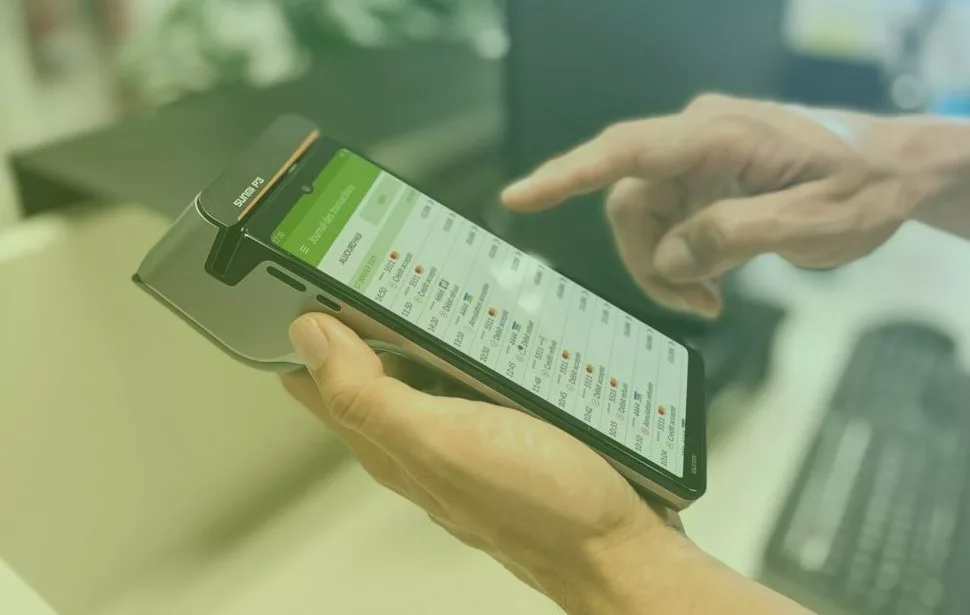We have landed in the age of Big Data, data storage and management. In recent years, talking about tokenization has become a fashionable trend in line with the latest innovations in security. The birth of mobile payment apps has been its main trigger, and in this post we want to tell you what card tokenization is all about and what it’s used for.
Let’s get started!
Defining credit card tokenization
It is a system used to secure credit cards by turning your customers’ data into encrypted tokens in a single click. They are replaced by a series of randomly generated numbers and can be passed over the internet or through the different networks required to process the payment. The tokenization tool is increasingly used because of to the security it provides to avoid duplication of cardholder data at the digital level, a bit like the chip on a physical card.
How does card tokenization work?
This process replaces the most sensitive details of a credit or debit card holder with a token, which helps secure the customer’s card details. When applied to data security, tokenization is the process of replacing an element of sensitive data with a sensitive equivalent that has no extrinsic meaning or value.
To help you to visualise it more clearly, this is the process that tokenization follows:
- The system receives the confidential data. In this case, the cardholder’s personal information (first name, surname, account number, IBAN…).
- This data is stored in a centralised manner. For example: a database.
- The tokenization system creates a token and associates it with this stored data. This is not a confidential token, but a companion or alias to the token.
- The token is placed in the operational flow and replaces the confidential information it represents in all operations.
More and more digital businesses are basing their models on daily, weekly, and even annual subscriptions. And card details are entered only once, generating tokens and being used to process future payments directly.
Do you want to start receiving payments securely? Do you use any data protection system on your customers’ cards? Do you have any type of certification on security protocols?
Differences between tokenizing and encrypting credit or debit cards
Both techniques have a place in payment technology. However, we can find some major differences between the two:
- While tokenization replaces the cardholder’s most sensitive data with a token, encryption or data field encryption encrypts the data on the source card and decrypts it at its final destination. Examples include Virtual Private Networks (VPNs).
- While both have a place in payment technologies, tokenization is emerging as the leading and most secure alternative to protect customer card information.
- Tokens are not reversible with a decryption key as is the case with encryption. Moreover, they greatly reduce the reach of the PCI DSS (Payment Card Industry Data Security Standard). It is mandatory for all businesses that accept or process credit or debit card details.
Protecting confidential data has become an increasingly important issue in e-commerce. And even more so since the new Payment Service Directive, better known as PSD2, came into force. Its main objective is to develop the online payments market within the European Union (EU) to strengthen security and prevent fraud.
What changes has PSD2 brought to e-commerce?
On the one hand, tokenization has become an essential tool. Businesses need advanced payment systems to securely store data and make future charges. And in this context, there are multiple secure payment providers that allow them to make the leap and adapt their business in a short time.
The token is a worthless identifier for hackers. Imagine a credit or debit card leak any day and the consequences that could have.
On the other hand, regulations have brought a new reality for e-commerce for several reasons:
- It increases online operational security.
- Until now, every time a customer made an online purchase, the card issuer asked for some information to confirm the payment. Either through an authentication code (OTP), or via SMS. With the new regulations, this method is no longer sufficient, but a double check is required to comply with authentication. However, e-commerce is not directly affected by this requirement, as the issuers of payment systems are banks and suppliers.
- E-commerces will need to make sure that all payment methods they offer are fully PSD2 SCA compliant. If they fail to do so, they could lose user trust, increase shopping cart abandonment, and reduce their conversion rate.
- Modules or plugins must also be updated. Trying to maintain a unified login and a common interface to avoid being directed to external pages when checking out.
These changes are more than simple tweaks. They are the way forward for of e-commerce and online payment systems to become more secure and beneficial for all. In addition, they serve as an impetus to reduce the main pain points of your business.
Think about it… what payment methods are you offering to your customers? Do they start and finish the checkout process on two different pages? Do you use a system to identify a transaction with a high-risk of fraud?
The only way to keep your business safe is to adapt it to the new regulations, since you know that its main objective is to bring new electronic payment methods to life and increase consumer confidence in them. Are you clear on what tokenization is?




